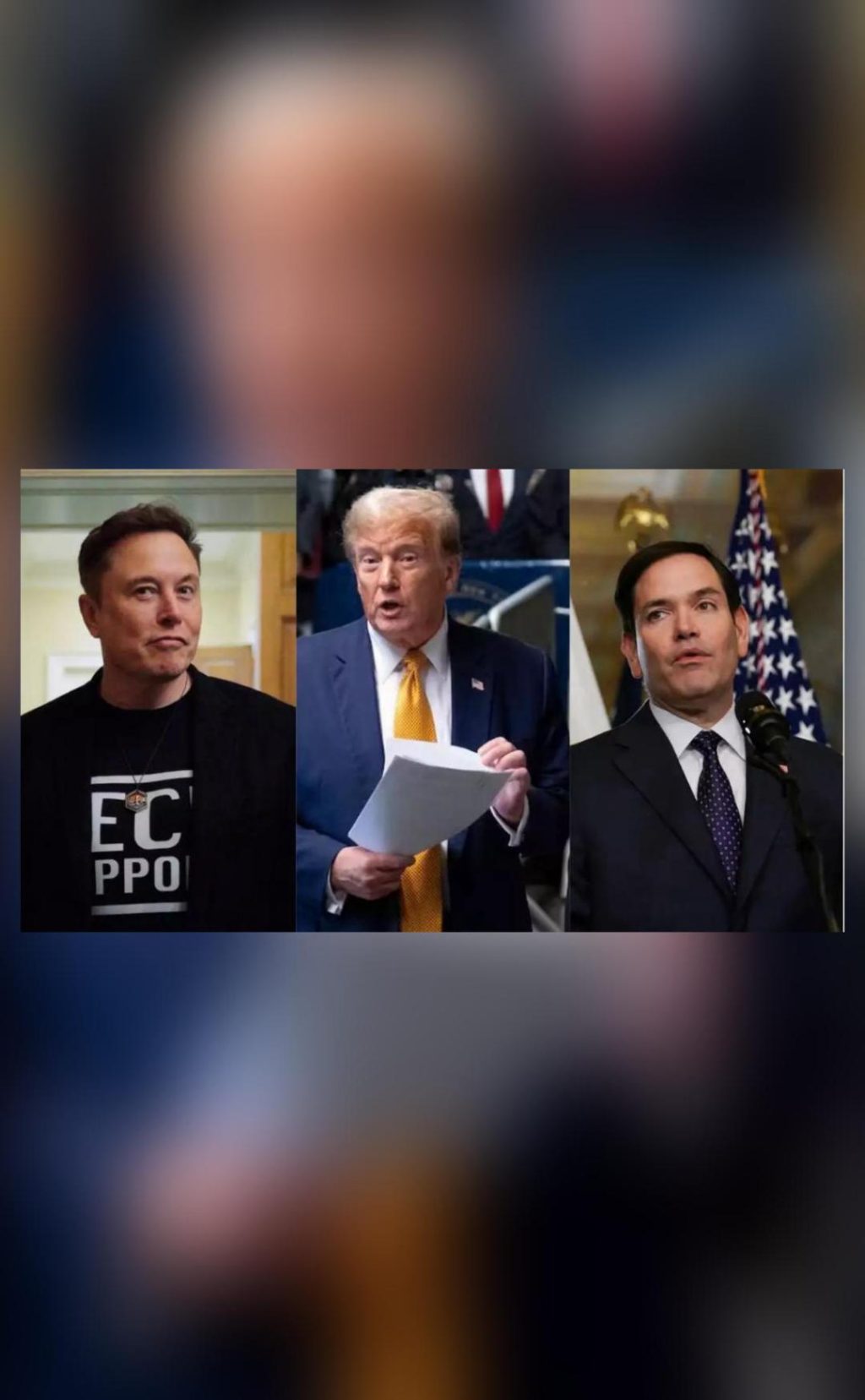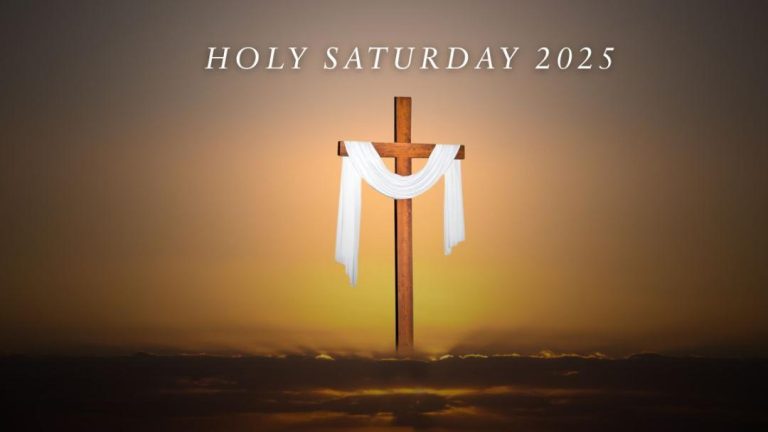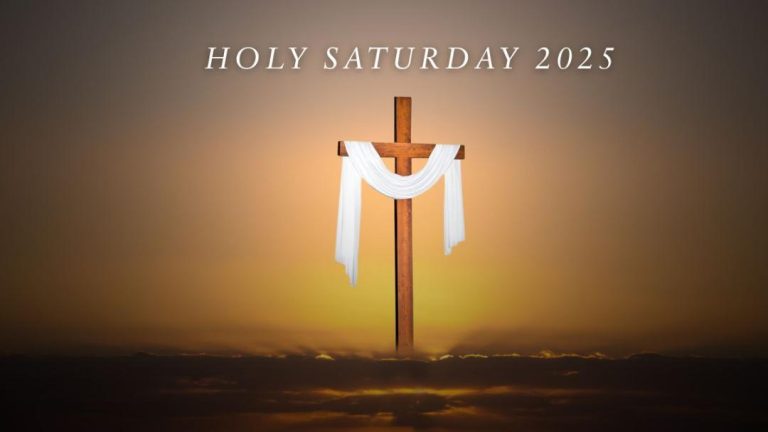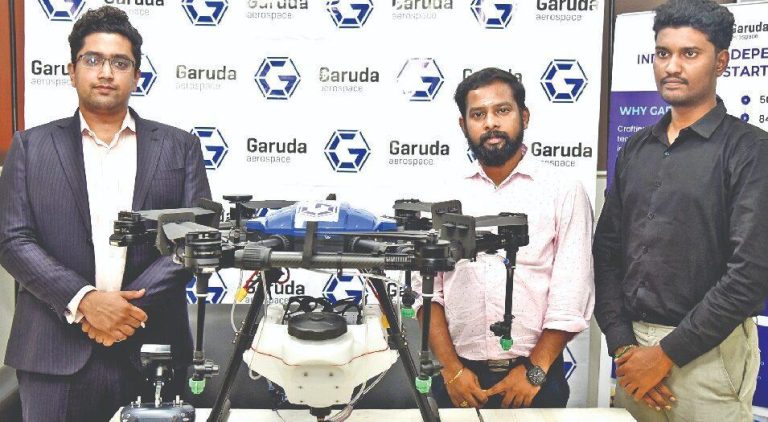
Title: Reporter Asks Trump About Musk & Rubio Clash Claim, He Replies ‘You’re a Troublemaker’
In a recent press conference, US President Donald Trump was asked about a report by The New York Times (NYT) that claimed a clash between billionaire Elon Musk and Secretary of State Marco Rubio at the White House. When a reporter asked Trump about the alleged incident, he responded with a characteristic flair, saying, “No clash. I was there. You’re just a troublemaker.”
The NYT report had stated that the two high-profile individuals had a heated argument during a meeting at the White House, with Musk allegedly taking issue with Rubio’s criticism of his company, Tesla. However, Trump’s response to the reporter’s query dismissed the notion of any such clash, and instead, he praised the two individuals involved.
“Elon gets along great with Marco and they’re both doing a fantastic job,” Trump said, seemingly putting the matter to rest. The President’s response has left many wondering about the veracity of the NYT report and whether there was indeed a clash between Musk and Rubio.
The incident has sparked a flurry of reactions on social media, with some people calling out the NYT for reporting fake news, while others have expressed skepticism about Trump’s denial of the alleged clash. The controversy has also raised questions about the role of the media in reporting on sensitive and high-profile events.
As the debate rages on, one thing is clear: the incident has highlighted the challenges faced by journalists in reporting on sensitive and high-profile stories, particularly those involving powerful individuals. The incident has also underscored the importance of verifying facts and sources before reporting on such incidents.
In the context of this incident, it is worth noting that the NYT has a reputation for rigorous reporting and fact-checking. While Trump’s denial of the alleged clash has sparked controversy, it is essential to acknowledge the credibility of the NYT as a news organization.
The incident has also raised questions about the role of the President in shaping the narrative around sensitive and high-profile events. Trump’s response to the reporter’s query has been criticized by many as an attempt to discredit the media and shape public opinion.
In conclusion, the incident highlights the challenges faced by journalists in reporting on sensitive and high-profile stories, particularly those involving powerful individuals. While Trump’s denial of the alleged clash has sparked controversy, it is essential to acknowledge the credibility of the NYT as a news organization and the importance of verifying facts and sources before reporting on such incidents.






